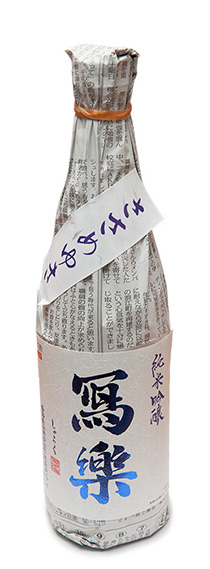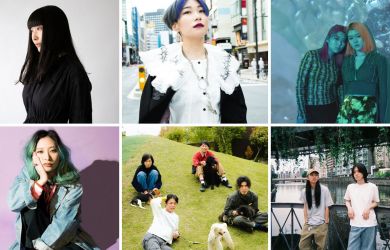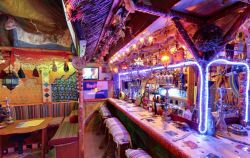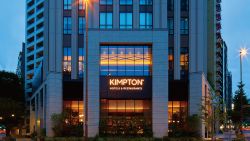
December 12, 2013
December Dining Tips
Drink with penguins, whip up some nabe, or get someone to make it for you
By Metropolis
Originally published on metropolis.co.jp on December 2013

Sake aficionados love this time of year as freshly pressed sake is coming to market. Here are some things to look for when shopping for sake. Shinshu, literally “new sake” or shiboritate for “freshly pressed”. The traditional brewing methods of kimoto or yamahai bring on sake that is rich, bold, and in your face. Nama is unpasteurized sake which tends to be fresher than varieties that has been heated and pasteurized. One example is Shiraku, from Fukushima, which comes wrapped in newspaper to protect the light-sensitive contents.
Yes, what you have heard is true. There is a bar in Ikebukuro with penguins, and at various points in the evening, guests are invited to feed them. Penguin no Iru Bar (COSMY1 Bldg, 2-38-2 Ikebukuro, Toshima-ku. www.penginbar.jp) is just minutes from Ikebukuro station and has an extensive drink menu. It’s already a popular spot, so reservations are recommended.
Japan’s oldest fruit shop, Sembikiya showcases expensive, juicy muskmelons in wooden boxes at their flagship store in in Nihonbashi (2-1-2 Nihonbashi Muromachi, Chuo-ku; www.sembikiya.co.jp). A more affordable way to indulge in seasonal fruit is to have some freshly squeezed juice at the shop’s Caffe di Festa, which has just reopened following renovations.
Antenna shops, regional shops that feature the local food products and sake of the different prefectures of Japan, continue to expand and evolve. Mie Terrace (Yuito Annex Bldg, 2-4-1 Nihonbashi Muromachi, Chuo-ku. www.mieterrace.jp) in Nihonbashi is a glitzy shop with a restaurant next door serving Italian-style cuisine using Mie products.
The tuna auction at Tsukiji Market is closed to visitors till January 18. This is because it is the busiest time of the year for the fishmongers.
Coca Cola Japan is serving up a new drink this season. It is Canada Dry Hot Ginger Ale, is made from a modified recipe to make the bubbles softer and to and hints of cinnamon and apples. Available in vending machines and convenience stores, it is surprisingly refreshing and a nice alternative to hot coffee.
Craving nabe, but can’t be bothered to make it for yourself? Check out Ichinabeya (3-5-3 Ogawamachi, Chiyoda-ku.)serving up single-serving sukiyaki and shabu-shabu.
Kenzo Estate winery from Napa Valley in California has opened a restaurant in Roppongi Hills, Kenzo Estate Winery Roppongi Hills (6-12-4 Roppongi, Minato-ku. www.kenzoestate.jp) The cuisine is a blend of modern French with Japanese.
Asakusa’s traditional sweets shop Umezono has created a unique wagashi (traditional Japanese confectionary) that looks like a macaroon, but is actually a dorayaki (mini pancakes stuffed with bean paste). The doraron comes in flavors like muskmelon, blueberry, and strawberry. Find it at Ikebukuro Tobu depachika at the Umezono shop.
For inspiration on cooking with donabe (ceramic pots) follow Naoko Moore on her blog, Happy Donabe Life (http://naokomoore.com). The Tokyoite is now living in Los Angeles and is currently working on her first cookbook, to be published by Ten Speed Press.
At the wagashi counters are starting to stock ichigo daifuku, thin mochi balls surrounding a fresh strawberry and often some sweet bean paste.





